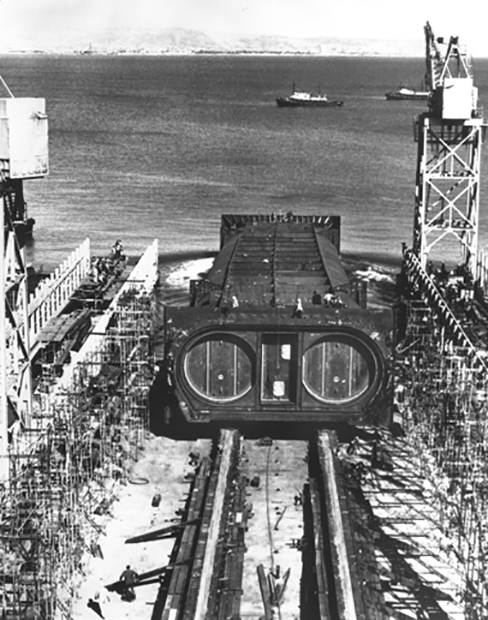Thomas Favre-Bulle
Defended Ph.D. (2013)
Many policies are spatially targeted: they attempt to foster or incentivize policy actions in areas meeting specific criteria. The identification of the spatial reality of interest is a major challenge to spatially-targeted policies. In many cases, this spatial reality has an ambiguous meaning and no coterminous institution, leading to the need for institutional collaboration around policies.
This projects looks at two spatial realities of importance for public policies in the United States: metropolitan areas and disadvantaged communities. Because they are the main social unit of urban life, metropolitan areas—such as the San Francisco Bay Area—are the target of housing or economic development policies. Disadvantaged communities are targeted by programs dedicated to mitigate resources differences between communities. In both cases, specialists and laymen alike grasp these spatial realities on a general level, yet specifying a consistent actionable definition remains problematic.
I show that neither of the currently used definition is solid: they use a strict threshold on a continuous scale. Furthermore, they are not geographically consistent: a single definition does not capture the same reality of a metropolitan area in a coastal region or in the rural west, neither of a disadvantaged community in a large urban region or in a rural county, and they therefore fail to provide a dependable policy target. Moreover, I explore popular support for metropolitan collaboration and show that local preferences vary geographically, a fact that further undermines the relevance of a one-size-fits-all definition. Spatially targeted policies should not use a binary scale, but a more continuous one. Additionally, these definitions should be adapted to the geographical context they are applied in, especially the urban/rural settlement pattern.

A section of the Transbay Tube being lowered into San Francisco Bay, bart.gov
Additional informations